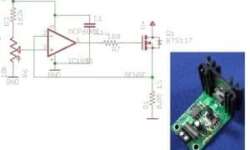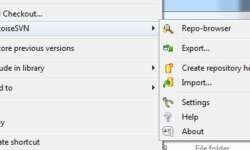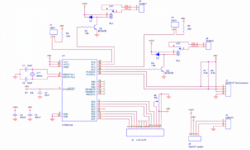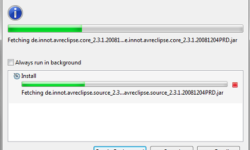Recording Various Videos from an iPad Screen with Movavi Screen Capture Studio for Mac

If you use your iPad regularly to watch videos, play games, browse the internet, or video chat then you probably don’t need to be told how useful and convenient it is. But there is one thing that could add to that usefulness and make some things much more convenient: Being able to record videos from your iPad’s screen. Not only will be able to record videos from your iPad’s screen and let you capture footage of your games or apps, but it will also let you save online videos so that you can watch them offline, capture video chats or Skype calls, and much more. The best part is that all you really need is Movavi Screen Capture Studio for Mac – as well as a lightning-to-USB cable. Under normal circumstances, Movavi Screen Capture Studio for Mac is a screen recorder that can capture videos directly from your Mac’s screen. However, by just following these simple steps, you can set it up as a screen recorder for iPad:










